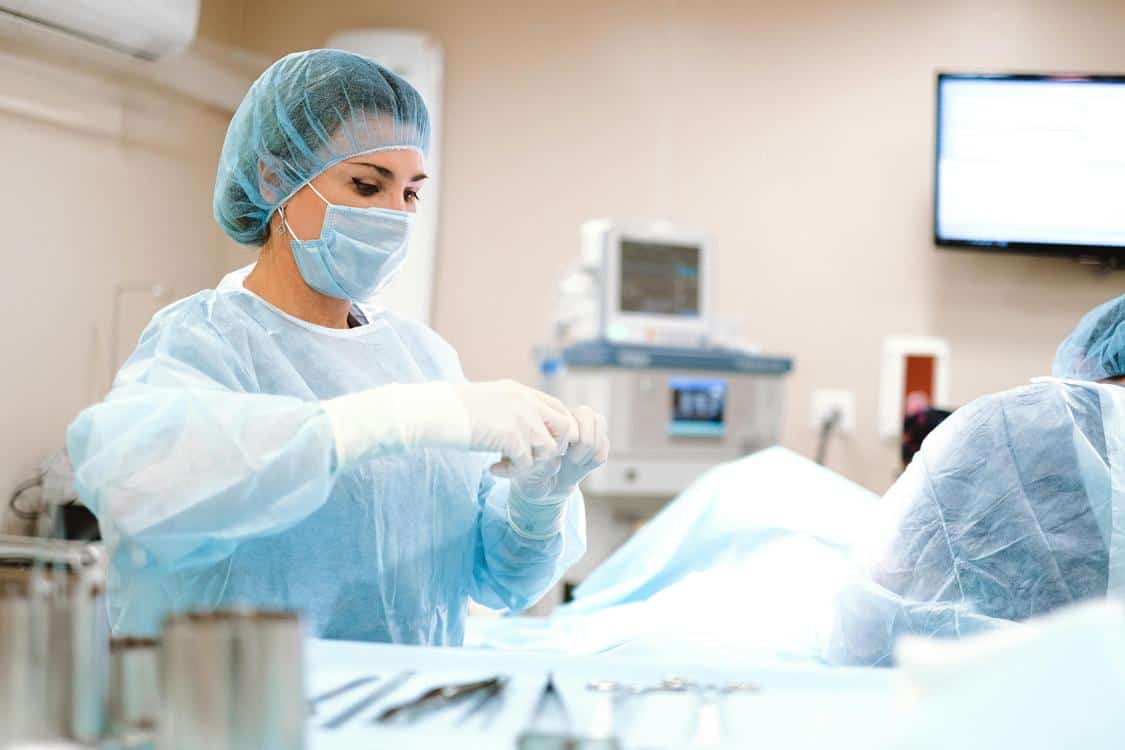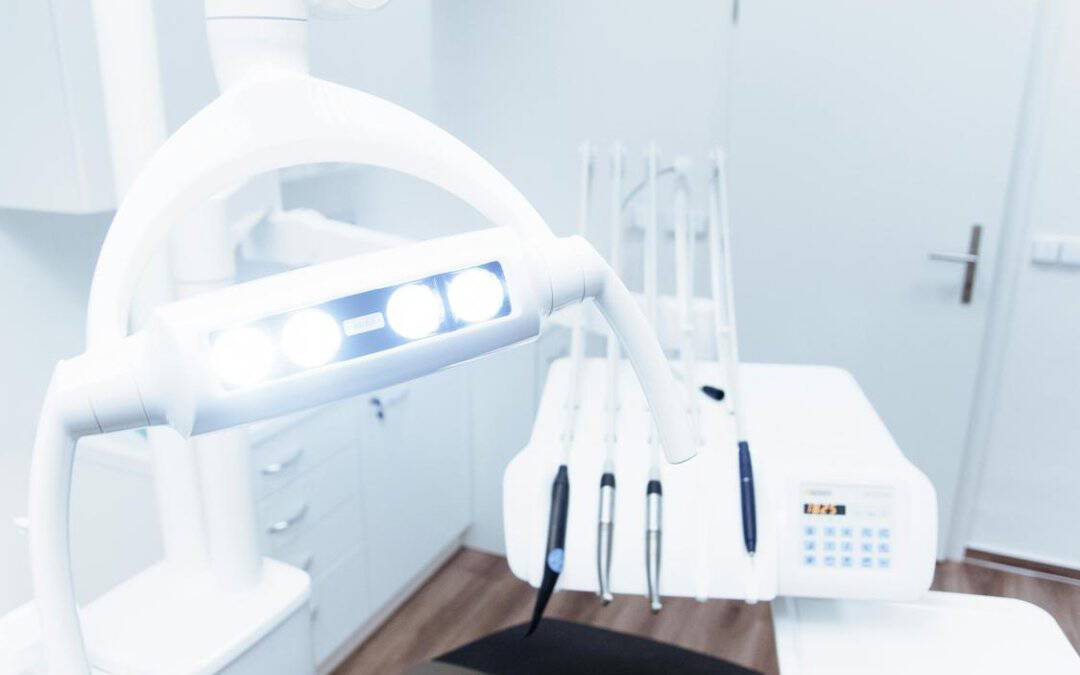Radiology practices face an immense imbalance of workload versus workforce. To address the resulting work stress, radiologists must adopt new technologies that offer holistic solutions.
AI algorithms enhance radiology workflows by automating triage and accelerating report generation. It also helps refocus time on non-interpretative tasks to mitigate radiologist burnout.
AI & Machine Learning
AI has transformed many healthcare areas and continues to improve quality and patient outcomes through valuable insights into patient behavior. It has also indelibly altered radiology as a discipline by improving diagnostics, genomics, drug discovery and healthcare delivery optimisation.
In the radiology roundtrip, AI offers impactful tools that can structure data, bolster report uniformity and streamline patient history tracking. It has also created innovative applications that support a variety of tasks before and after image interpretation. These non-diagnostic applications include reprocessing medical images, prioritizing worklists, scanning and imaging modality selection, follow-up study recommendations and scheduling, and clinically relevant contextual report template creation. These AI tools can also improve process efficiencies and reduce scanner use, enhance patient safety by reducing reliance on unstructured notes, and boost physician satisfaction by simplifying the task of communicating results to patients and referrers.
Radiologists are uniquely positioned to play a critical role in the development of AI for radiology and other healthcare professions. They possess the deep understanding of medical needs and disease processes, as well as imaging interpretation nuances that are crucial to developing accurate and clinically viable AI tools. They also have the technical acumen to design and implement machine learning algorithms. These skills ensure that AI tools are designed with real-world clinical workflows in mind, thus avoiding limitations or potential safety risks.
Moreover, they are experts in managing the vast amounts of raw data and information that may be involved in the design and implementation of clinically relevant AI. This knowledge is essential to addressing data quality challenges, the “black box” enigma, infrastructural and technical complexities, as well as ethical considerations.
For example, radiographers can help to minimise the risk of bias when training AI tools by ensuring that the data and dataset are robust and ethically sound. They can also serve as the interface between patients and technology, providing guidance and education on how to optimise and integrate new technologies.
The development of a new generation of AI-powered software is poised to dramatically alter how we view medical imaging. But, despite the excitement surrounding this new wave of AI-enabled technology, there remains much more that must be done to ensure that its use is safe and effective in radiology.
Big Data
The volume of medical data being recorded has exponentially increased. Among the many different specialties, radiology – with a mature IT infrastructure and years of archived digital data – is particularly well positioned to lead and benefit from emerging Big Data techniques. These methodologies enable the efficient analysis of large-volume, high-variety datasets and accelerate research by eliminating time-consuming hypothesis-driven approaches. The potential applications of Big Data in radiology are extensive.
Advances in image reconstruction algorithms fueled by Big Data will provide more precise visualisations of the human body. This could allow for the discovery of new imaging markers of disease and facilitate more accurate diagnoses. Furthermore, it could also help in determining the best sequence of clinical actions to take, such as administering medications or performing interventional procedures.
Despite the dramatic rise in the number of diagnostic tests performed, the number of radiologists has not kept pace with demand. As a result, radiologists are struggling with unprecedented workloads and report ambiguity.1 In fact, 61% of physicians cite bureaucratic tasks as the main cause of burnout.
To combat this, radiologists are using advanced technologies to streamline their workflows and automate routine tasks. For example, some systems prioritize cases by urgency and severity to ensure that they are seen by the most appropriate specialist. Others automatically generate and prepopulate reports with optimal and predefined views.
Other tools leverage the power of big data to improve radiologist decision-making. These systems can detect and triage patients for pulmonary embolism, heart attack or cancer based on images obtained from CT scans. Moreover, they can predict peak times for certain tests and allocate resources more efficiently. They can also detect disease progression, identify key clinical indicators of specific diseases such as aortic calcification, lung nodules and cirrhosis and reduce noise on images to enhance quality.
Ultimately, it is essential that radiologists are given access to tools that empower them to work smarter, not harder. By leveraging intelligent solutions, they can optimize their practice for growth and emerge from this crisis poised to flourish. The right technologies can help them to gain efficiencies, deliver optimal value and patient care and collaborate in real-time.
Personalized Care
The radiologist’s ability to communicate with patients is critical for patient satisfaction. However, the daily volume of work, time pressure and regular interruptions can often lead to a lack of focus on ensuring patient-centered care. This can result in mis- or non-communication causing a misunderstanding of imaging results and a poor experience for the patient. Furthermore, a radiologist’s ability to break bad news and communicate sensitively can be undermined by the frequent demands of incoming calls.
With direct patient communication becoming increasingly emphasized in the healthcare industry, radiology and nuclear medicine departments are struggling to balance this with their clinical workflows. Patient portals and other means of communication with the patient must be carefully designed to avoid placing strain on radiology resources and potentially detracting from clinical efficiency.
Despite this, it is clear that patients want more access to information about their results, which can help them understand their condition and ease anxiety. In fact, in a survey of 628 patients, 81% of respondents said they would be willing to talk to their radiologist about their report findings in order to put them into context for their wider treatment plan.
While direct communication with patients is vital, this requires the radiologist to have the time and expertise to do so, especially when breaking bad news or communicating sensitive or complicated results. Additionally, referring physicians are often concerned about patient satisfaction and may demand that they be able to discuss radiology results in person.
The incorporation of AI transcends purely diagnostic capabilities and is a crucial tool in boosting interdisciplinary collaboration and improving patient-radiologist communication. By incorporating the power of AI into the patient journey, the potential of this technology to demystify complex medical terminologies and improve transparency for both patients and referring clinicians is immense.
By providing a personalized and transparent view of imaging results, GenAI helps both patients and referrers understand their diagnosis in more detail and build trust with the radiology team. This can ultimately boost the reputation of the radiology department while also improving overall patient outcomes. With the power of intelligent solutions like GenAI at their disposal, referring physicians and radiologists can take a proactive approach to patient personalization and ensure optimal treatment for all patients.
Deep Learning

AI, and its subset, machine learning (ML), is transforming the scientific landscape and many domains, including radiology. Both technologies can perform tasks that resemble or exceed human cognition by analysing data to make classifications and predictions with or without direct intervention from a radiologist1.
AI algorithms, based on neural networks, are designed to recognise patterns in image, audio, or text, performing tasks such as object recognition, identification, and classification, or generating natural language through automated speech-to-text. They can also enhance reporting by analysing text within a report to detect important findings, simplifying the creation of standardised reports and mitigating diagnostic errors.
ML-powered imaging tools are revolutionising healthcare, strengthening image analysis and accelerating lesion identification. This can support the shift from organisation-centric pathways to patient-centric organisation of healthcare, increasing diagnostic accuracy and efficiency while potentially reducing costs.
In radiology, the emergence of AI-integrated Computer Aided Detection (CAD) systems has propelled the profession into a digital era, increasing diagnostic accuracy and enabling radiographers to focus on more complex cases. These systems use deep learning to detect abnormalities and amplify radiologist efficiency.
Another application of AI in radiology is opportunistic screening, which identifies disease indicators such as aortic calcification, cirrhosis, lung nodules, and low bone density by analysing routine patient encounters or images that are otherwise being reviewed for other reasons, such as cancer surveillance. While there are currently numerous detection and triage tools in the market, they do not yet offer full integration with RIS systems, relying on “widgets” that can fail to catch the attention of users.
Lastly, AI-powered radiomics applications have the potential to revolutionise diagnostics by identifying predictive signatures of disease progression. These measurable, quantifiable attributes can be computed from volumetric imaging datasets by using pre-determined radiomic features, or by learning to identify such features from the raw data through machine learning.
The application of AI in healthcare is continuing to expand and will continue to grow, revolutionising the way patients are diagnosed and treated. However, the successful integration of AI in radiology requires multidisciplinary engagement to ensure that appropriate and ethical use cases are met, with an emphasis on robust development and testing.




